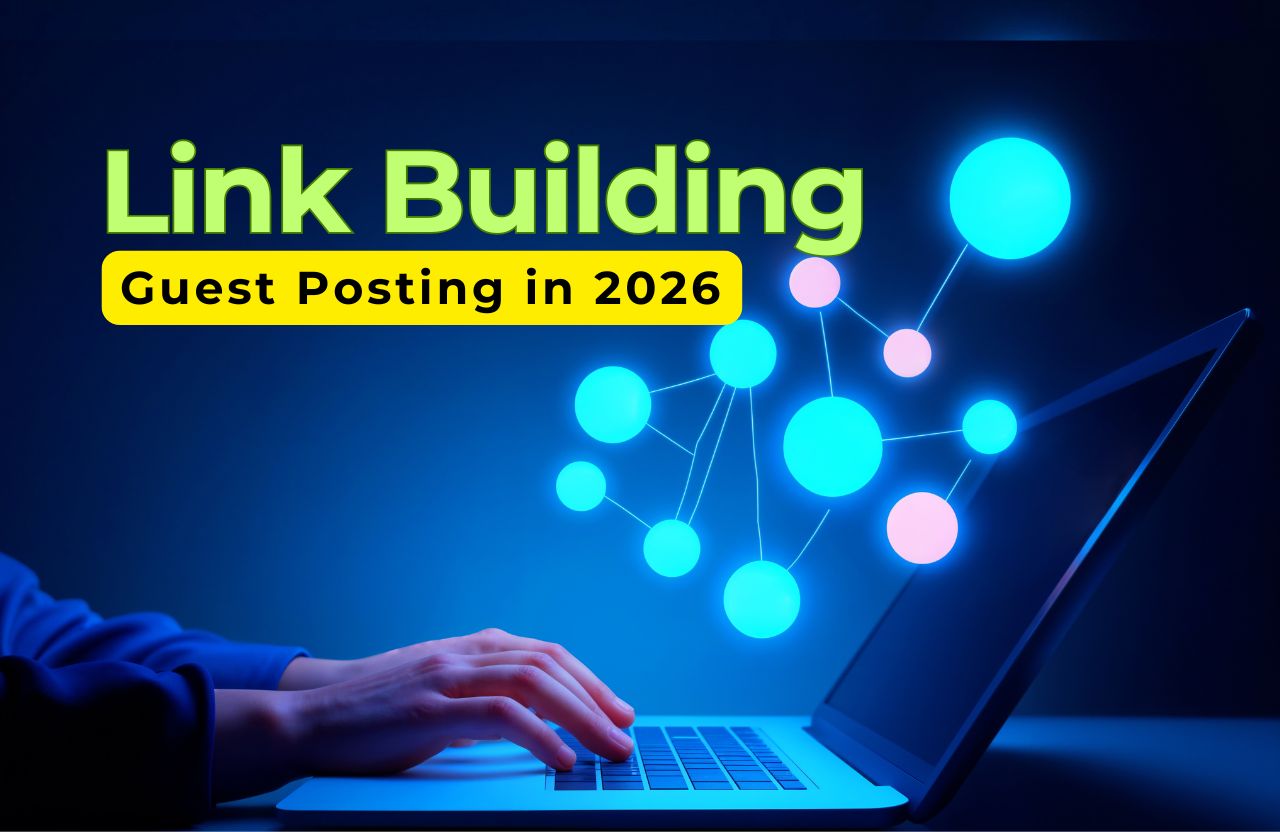In today’s healthcare Industry, suppliers play a pivotal role in supporting clinical operations, administrative functions, and patient care. From pharmaceutical manufacturers and diagnostic labs to IT service providers and medical equipment vendors, suppliers are the invisible backbone of healthcare delivery.
But the process of bringing new suppliers into a healthcare ecosystem is anything but straightforward. Unlike other industries where onboarding might be a checklist of forms and approvals, healthcare supplier onboarding involves rigorous compliance checks, credentialing, cybersecurity vetting, and integration with complex infrastructure — all while maintaining the highest standards for patient safety and regulatory compliance.
In this comprehensive guide, we explore the major supplier onboarding challenges in the healthcare industry, their downstream impact, and strategies for improvement.
1. Regulatory Complexity: The Ever-Growing Compliance Maze
A Web of Regulations and Certifications
Supplier onboarding in healthcare is heavily regulated due to the high stakes involved — after all, lives are literally on the line. Whether it’s the FDA, HIPAA, OSHA, or The Joint Commission, multiple agencies enforce strict standards that suppliers and providers must meet.
Common regulatory obligations during onboarding include:
- HIPAA compliance for vendors handling protected health information (PHI).
- FDA regulations for suppliers dealing with drugs, devices, or diagnostics.
- CLIA certification for laboratories.
- ISO 13485 for medical device quality management systems.
- GxP compliance in pharmaceutical and biotech supply chains.
- State-specific licensing and credentialing for practitioners and service providers.
Each requirement involves documentation, audits, and regular updates. This regulatory environment makes onboarding labor-intensive, especially when it’s done manually.
The Challenge of Staying Up-to-Date
One often-overlooked issue is regulatory drift — changes to compliance standards that aren’t always communicated clearly or consistently. For instance, an update to FDA’s Unique Device Identification (UDI) rules might require new fields in onboarding forms, while revised HIPAA guidelines could change how risk assessments are conducted.
For healthcare providers, keeping up with these updates means either dedicating internal compliance resources or relying on third-party experts. For suppliers, it means navigating a constantly shifting goalpost just to get their foot in the door.
2. Process Fragmentation: The Danger of Decentralized Systems
Siloed Procurement Practices
Hospitals, research institutions, and multi-site health systems often suffer from decentralized supplier management. Different departments may maintain their own supplier lists, use different forms, and have different onboarding timelines.
This leads to:
- Redundant supplier data being entered into multiple systems.
- Inconsistent risk assessments across departments.
- Duplicate vendors causing unnecessary procurement complexity.
Worse, when onboarding is decentralized, visibility is limited. It becomes hard to track supplier performance, manage contracts, or identify gaps in the supply chain.
Lack of Standardization Slows Everything Down
Some facilities still onboard suppliers with paper-based forms, spreadsheets, or PDFs emailed between stakeholders. Without standardized digital workflows, each vendor relationship is like reinventing the wheel — leading to massive inefficiencies.
Imagine a regional health system with 20 facilities, each using a different onboarding checklist. A national supplier trying to serve all 20 must fill out slightly different versions of the same information — increasing error rates, duplication, and frustration.
3. Data Silos and IT Integration Nightmares
Legacy Systems Holding Back Progress
Many healthcare organizations still operate using legacy software — think ERP systems built decades ago or procurement tools with limited integration options. These systems weren’t designed to accommodate modern workflows or cross-functional collaboration.
As a result, supplier data becomes siloed in:
- Procurement systems
- EHR platforms
- Finance or AP tools
- Legal compliance databases
This makes it nearly impossible to build a single source of truth for supplier data. Manual re-entry of information between systems leads to errors, mismatched records, and security risks.
Real-Time Insights? Not Without Integration
Modern procurement demands real-time data, from delivery timelines to risk indicators and compliance alerts. Without systems that communicate, healthcare providers cannot act quickly in a crisis (e.g., during a pandemic or supply chain disruption).
Suppliers, too, suffer from this disconnection. They might be left in the dark about their onboarding status or have no visibility into next steps. That lack of transparency strains partnerships and delays time to revenue.
4. Time-Consuming Credentialing and Background Checks
Why It’s Necessary
Credentialing is one of the most important — and most time-consuming — parts of onboarding. Healthcare providers must vet each supplier’s qualifications to ensure they meet quality and safety standards. This includes:
- Verifying licenses and certifications.
- Checking for exclusions from government contracts (e.g., OIG list).
- Conducting site visits or quality audits.
- Assessing financial stability and legal standing.
- Reviewing insurance coverage (liability, malpractice, cyber, etc.).
The Manual Bottleneck
In many healthcare systems, this is still a manual process. Procurement teams may request documentation by email, store files in shared drives, and manage follow-ups via spreadsheets. These manual checkpoints cause delays that cascade into:
- Missed service windows.
- Delayed clinical operations.
- Frustrated internal stakeholders.
Moreover, credentialing isn’t one-and-done. Healthcare vendors must be re-credentialed periodically, and without automation, renewals often fall through the cracks.
5. Cybersecurity: The New Frontier of Supplier Risk
Third-Party Vendors = Major Attack Vectors
Cyber threats in healthcare are on the rise — and third-party vendors are increasingly responsible. A study by the Ponemon Institute found that 60% of data breaches in healthcare stem from third-party access points.
Whether it’s a billing software provider, cloud storage vendor, or IoT device manufacturer, every supplier with digital access poses a cybersecurity risk.
Vetting Is Complex and Often Overlooked
Unfortunately, many healthcare onboarding processes don’t include a thorough cyber risk assessment. The procurement team may not have the tools or training to evaluate:
- Encryption protocols
- Data handling policies
- Incident response plans
- Security certifications (e.g., SOC 2, ISO 27001)
Without a framework in place, dangerous gaps go unnoticed until it’s too late — and by then, the consequences can include patient data exposure, ransomware attacks, or system shutdowns.
6. Supply Chain Disruptions Expose Onboarding Gaps
COVID-19 Was a Wake-Up Call
The pandemic exposed major vulnerabilities in the healthcare Industry supply chains. Hospitals faced critical shortages in PPE, ventilators, and diagnostic kits — not because suppliers didn’t exist, but because they couldn’t be onboarded fast enough.
The crisis highlighted just how sluggish and bureaucratic onboarding processes can be. In an emergency, speed is everything — yet many providers were stuck in weeks-long credentialing cycles or bogged down in compliance paperwork.
Reactive vs. Proactive Onboarding
Most healthcare Industry systems approach supplier onboarding reactively — only starting the process when a product or service is needed. But this just-in-time approach doesn’t work in crisis situations.
A more proactive strategy involves pre-vetting suppliers, creating preferred vendor networks, and using digital tools to keep onboarding agile and scalable.
7. Financial and Operational Costs of Inefficient Onboarding
Time Is Money
Every day a supplier is delayed, the cost of inefficiency grows:
- Overtime for procurement teams.
- Temporary supplier contracts.
- Expedited shipping fees due to delayed fulfillment.
- Lost revenue from service delays.
In large health systems, the cumulative cost of slow onboarding can reach millions of dollars annually.
Hidden Costs: Reputation and Risk
Healthcare industry organizations are increasingly judged by their supply chain resilience and partner network agility. Delays, errors, or compliance missteps can damage reputation, undermine stakeholder trust, and in extreme cases, trigger audits or lawsuits.
8. Supplier Experience: A Missed Opportunity for Collaboration
A Friction-Filled Process
For suppliers, onboarding often feels like running a bureaucratic gauntlet. They’re asked to provide the same documents multiple times, deal with long response delays, and navigate poorly designed portals — if they’re lucky enough to have a portal at all.
This friction:
- Reduces supplier satisfaction.
- Discourages new vendor relationships.
- Pushes innovative companies to partner elsewhere.
Better Onboarding Builds Better Partnerships
Improving the supplier experience can pay long-term dividends. Suppliers who are onboarded quickly and efficiently are more likely to:
- Offer better pricing.
- Prioritize fulfillment.
- Collaborate on innovation initiatives.
Just as patient experience is critical to care outcomes, supplier experience is critical to procurement performance.
Solutions: How to Overcome These Onboarding Challenges
1. Implement Supplier Onboarding Software
Digital tools like SAP Ariba, Coupa, and Medius offer purpose-built platforms for supplier onboarding, helping healthcare organizations:
- Standardize workflows.
- Automate compliance checks.
- Centralize supplier records.
- Enable real-time tracking.
2. Centralized Procurement Governance
Establish a centralized procurement office or Shared Services Center to manage supplier onboarding across departments and locations. This ensures consistency and reduces duplication.
3. Pre-Vet Suppliers and Build Networks
Develop a preferred supplier list of pre-qualified vendors who can be activated quickly. Keep credentials and documents up to date using automated reminders.
4. Adopt Risk-Based Credentialing
Not every supplier needs the same level of scrutiny. Use a tiered approach to credentialing based on vendor type, data access, and risk profile.
5. Involve IT and Security Early
Make cybersecurity risk assessment a mandatory step in onboarding. Work with IT teams to review vendor data practices and integrate vendors securely into your network.
6. Measure and Improve Supplier Onboarding KPIs
Track metrics such as:
- Time-to-onboard
- Supplier satisfaction
- Compliance rates
- Cost per onboarding
Use these KPIs to optimize workflows and justify investments in onboarding automation.
Final Thoughts: Onboarding Is Strategic, Not Just Administrative
In the healthcare Industry, every vendor — from a syringe manufacturer to a cloud storage provider — plays a role in patient outcomes. Onboarding them isn’t just a back-office task; it’s a strategic function with real-world impact.
By addressing the key challenges in supplier onboarding, healthcare providers can build more resilient supply chains, reduce risk, and focus on what matters most: delivering exceptional patient care.












